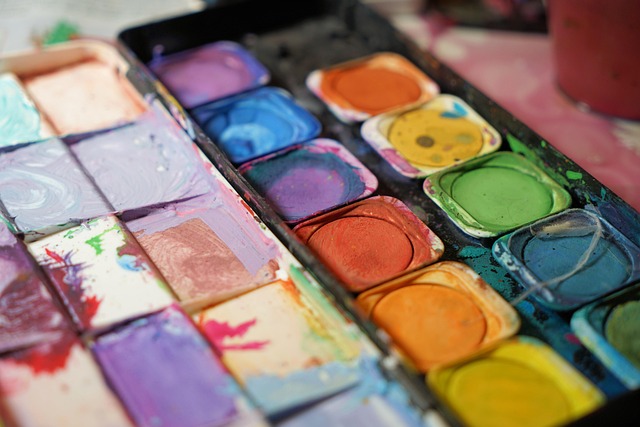When we think about painting, we often envision vibrant colors, dynamic brushstrokes, and evocative subjects. However, beyond these immediate features, there lies a deeper essence – the interaction of effects that brings a painting to life. This interplay is not simply about mixing hues or layering paint; it encompasses how every element within a work resonates with others, creating a chorus of visual dialogue that speaks to the viewer’s emotions.
The interaction of effects in a painting is akin to a symphony. Just as musicians engage with one another to produce harmonious sounds, a painter considers each stroke’s relationship to the whole. This synergy can evoke various feelings, transporting us to serene landscapes or bustling urban scenes, depending on how light, shadow, color, and form are articulated together on the canvas.
Take, for instance, Impressionism, where artists like Monet and Renoir mastered the interaction of effects. They transformed ordinary moments into extraordinary spectacles by juxtaposing quick brushwork with soft color palettes. The shimmering effects of light reflecting on water or sunlight filtering through leaves are not just visuals; they are emotions captured in time, allowing the viewer to almost feel the gentle breeze or hear the rustling of leaves.
In contrast, consider the bold strokes and dramatic contrasts found in Expressionism. Artists such as Edvard Munch and Vincent van Gogh explored the depths of human emotion through their distinct use of color and form. Here, the interaction of effects is visceral and immediate, drawing us into the artist’s inner turmoil or joy, allowing us to connect with universal experiences on a profound level. Each color, each stroke, interacts to create a visceral response that transcends words.
The beauty of this interaction of effects is that it invites viewers to interpret a painting through their own unique lens. While one person may see tranquility in a soft landscape, another may perceive the same scene as a somber reflection on solitude. This personal connection enriches our experience of art and underscores the significance of every choice an artist makes on the canvas.
In addition, the materials used by an artist can also impact the interaction of effects. Oily paints might offer depth and richness, while watercolors can provide a fluid and ethereal quality. The choice of medium can manipulate the relationship between colors and forms, enhancing the emotional resonance and inviting exploration of texture, transparency, and opacity. This artistic alchemy inspires creativity and personal expression, revealing that the interaction of effects extends far beyond the visual.
As aspiring artists, understanding and embracing this interaction of effects can lead to transformative experiences. It encourages us to take risks, to experiment with various techniques and to find our own voices within the broader narrative of art. By contemplating how elements in our paintings converse, we can develop works that not only represent our ideas but also resonate deeply with viewers.
Ultimately, the interaction of effects is an invitation to both artists and admirers to immerse themselves in the profound layers of meaning present in each work. It encourages a dialogue between the canvas and the observer, creating a shared moment of understanding that transcends time and space. In this vibrant interplay, we discover the magic of painting and its power to evoke feeling, conversation, and connection.




